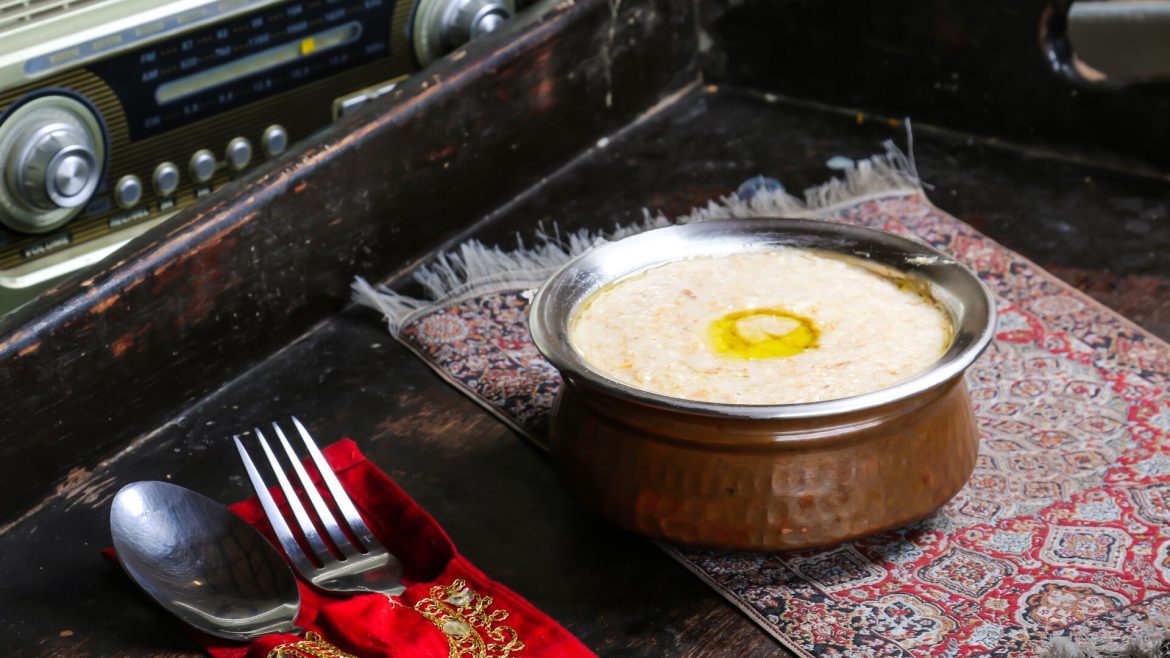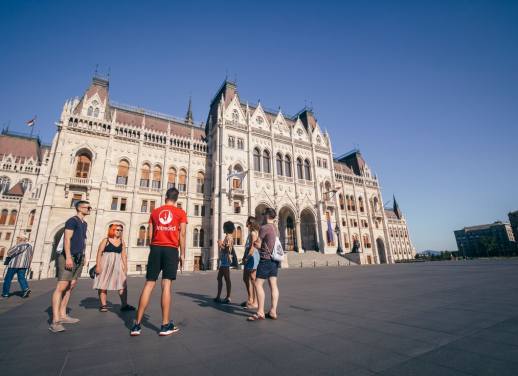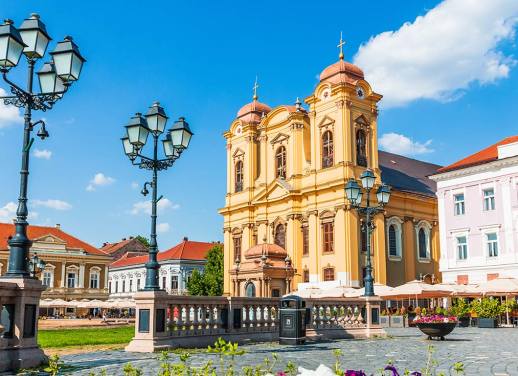Savour a blend of spices, tender meats and fragrant rice as you explore the culinary delights of Oman. From markets to family kitchens, every bite tells a story of the country’s rich history and warm hospitality.
Oman might not be on everyone’s radar like some other Middle Eastern hotspots, but it’s a must-visit for travellers who love to visit wadis, explore preserved remnants of ancient civilisations and take part in unique cultural activities like festivals during monsoon season.
This destination is home to architectural feats like the Royal Opera House of Muscat, where locals and visitors can catch renditions of Swan Lake and Carmen. Then there are cultural landmarks like Sultan Qaboos Grand Mosque (known for its Islamic craftmanship) and ancient souks in Nizwa where travellers can browse traditional crafts, replenish their spice cupboards and pick up silver jewelry or pottery as souvenirs.
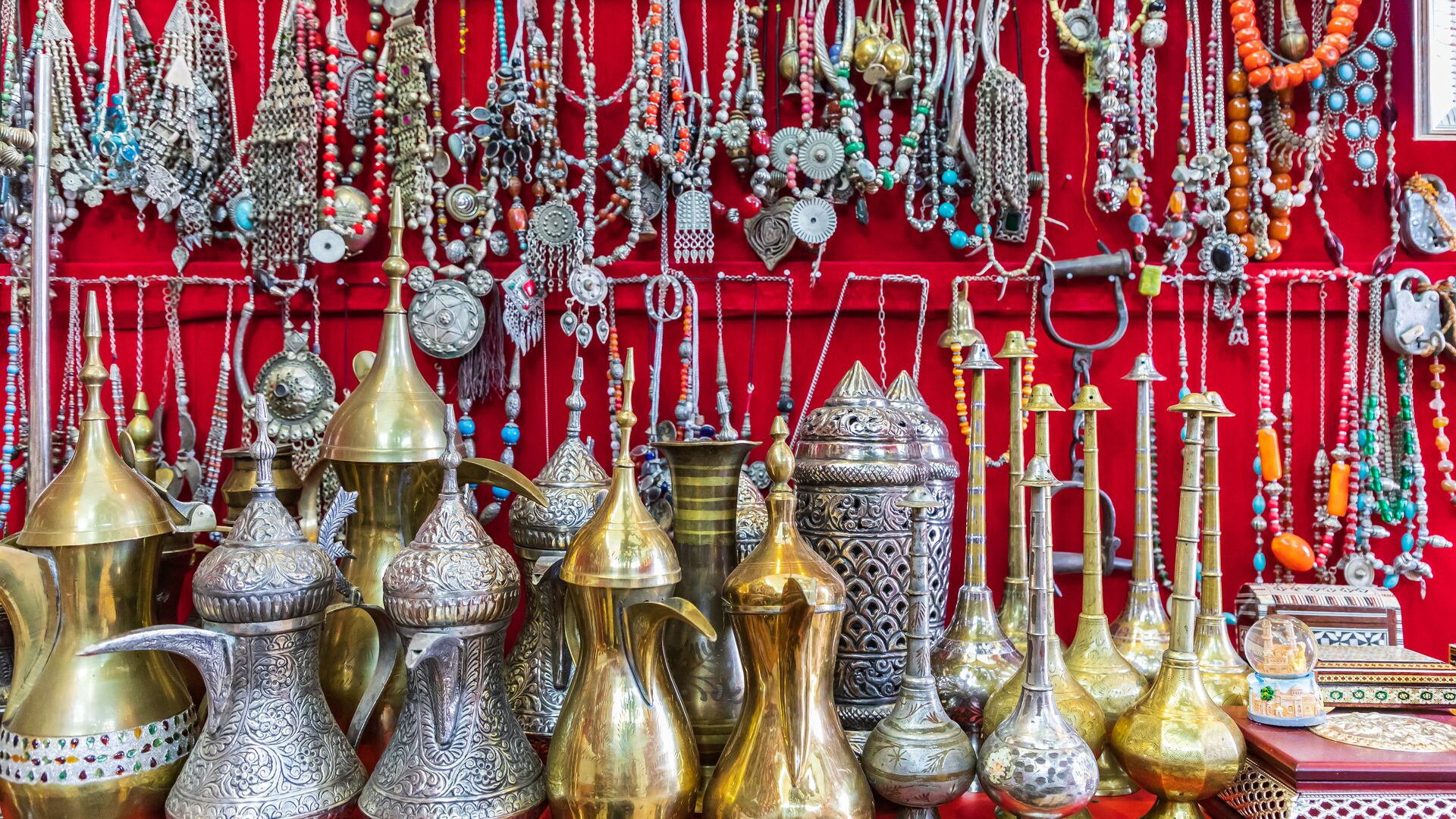
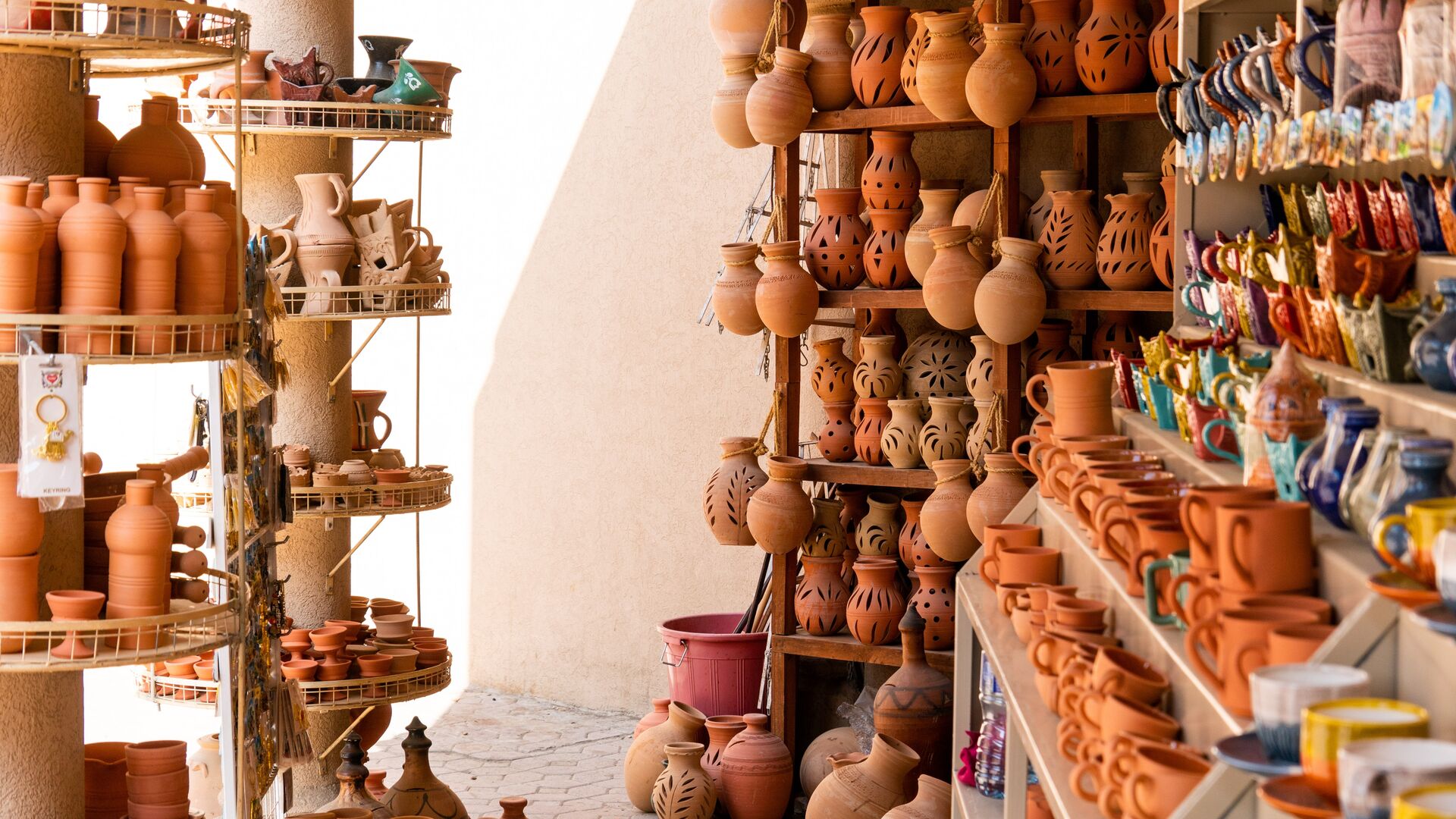
And then there’s the food. Omani cuisine is a delicious blend of rich flavours and diverse influences, thanks to the country’s unique history and strategic location along ancient trade routes connecting Africa, Persia and India. If you love spices, slow-cooked meats and rice, you’re in for a treat.
Omani cuisine is not just about the food. It’s also about the traditions and hospitality that come with it. Meals are often shared with family and friends, making every dining experience warm and communal. On Intrepid’s Discover Oman trip, travellers will get taste of Omani traditions and hospitality with home visits.
Here’s a list of must-try traditional Omani dishes.
Machboos
If you want to taste a classic dish from the Gulf region, try machboos. It’s made by cooking rice and meat in one pot and has a taste reminiscent of biryani. Roasted meat is packed tightly into a pot, and a layer of rice is added above it to lock in all those delicious flavours. Traditionally, it’s made with chicken, but you’ll also find it cooked with lamb or vegetables.
If you’re in Muscat and want to try this dish without breaking the bank, Bin Ateeq is an affordable choice. But if you’re feeling fancy and want to treat yourself, Al Angham near the Royal Opera House is a popular fine dining restaurant with machboos on the menu.
Harees Dijaj
You can’t miss out on trying harees dijaj, one of Oman’s national foods. It’s a hearty dish featuring slow-cooked chicken and barley, packed with flavour and history. Known simply as harees, this dish has roots! It’s mentioned in Kitab al Tabikh, a cookbook from the 10th century. Harees comes from the Arabic word harasa, which means to mash or crush. In the context of cooking, it refers to the action of mashing meat with barley or wholegrains.
You know it’s a special occasion when you see harees on the menu. It’s normally served during holidays, weddings and family gatherings during Ramadan. For a memorable experience, head to Bait Al Luban restaurant in Muscat, famously recommended by the late Anthony Bourdain, where you can order harees dijaj topped with torsha, a fragrant date sauce.
Shuwa
Another popular dish served specifically during Eid holidays is Omani shuwa. Shuwa is a delicacy, as the process for making the meat (usually lamb, goat, sheep or camel) can take up to 48 hours to prepare. First the meat is marinated in spices like coriander, chilli, cloves and cumin. Next, the meat is wrapped in banana leaves, put into a date palm bag and placed into a deep fire pit in the ground. This whole process makes the meat so tender, it practically falls off the bone and just melts in your mouth.
Omanis from various parts of the country make their shuwa differently with various leaves and spices. No matter where you try shuwa, it’s hard not to fall in love with this dish. Ubhar Restaurant in Muscat offers a popular slow roasted camel shuwa which can be enjoyed year-round.
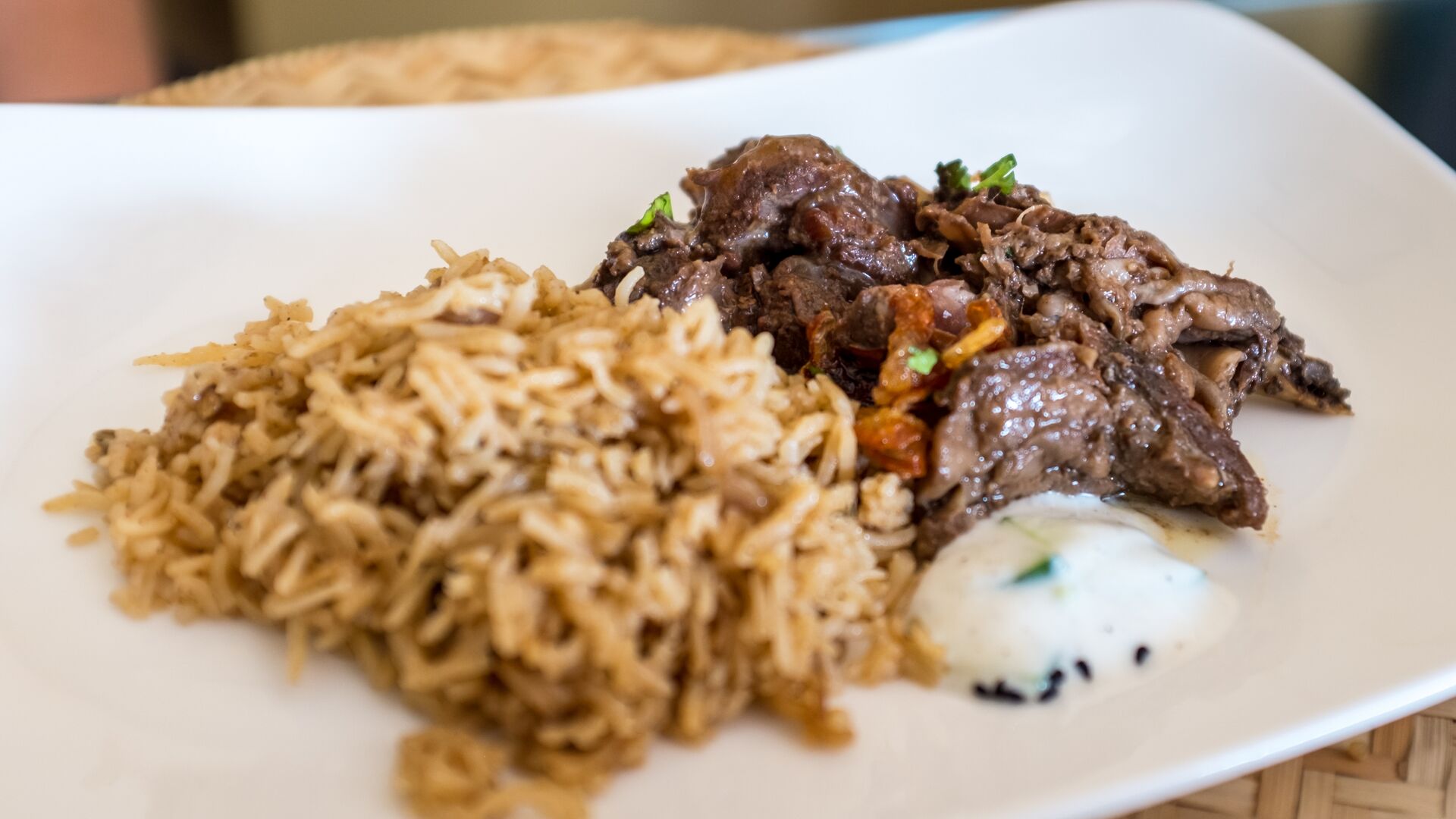
Qabooli
Another beloved rice and meat dish is qabooli. It’s usually served with lamb and a generous heap of rice on a big tray. The dish is believed to have come from Kabul, Afghanistan. Back in the Bronze Age, when Oman was a popular trade route, many Afghans passed through the region, bringing this delicious dish with them. The rice in qabooli is infused with aromatic spices like saffron, baharat and coriander, and it’s often garnished with pomegranate for a touch of sweetness. If you want to try an elegant version of this meal, check out Meshan Restaurant in either Nizwa or Jabal Akhdar.
Omani bread
Omani bread is served on the side of many dishes. This thin flatbread is made from flour, water and salt and cooked on a griddle or in a tandoor oven. You can find Omani bread served at many small mom-and-pop restaurants in the city or in Nizwa souk near the fort.
Halwa
You cannot leave Oman without trying halwa. Omani halwa is a popular sweet gelatinous dessert made by cooking sugar, rose water, saffron, cardamom, and nuts. In a thick, sticky paste. It’s often served with Omani coffee, which it pairs well with as the strong, bitter coffee offsets this sweet treat. One of the most famous spots for this dessert is a small shop in Nizwa’s fruit and vegetable market. Families flock here to pick up this classic treat for holidays and special occasions.
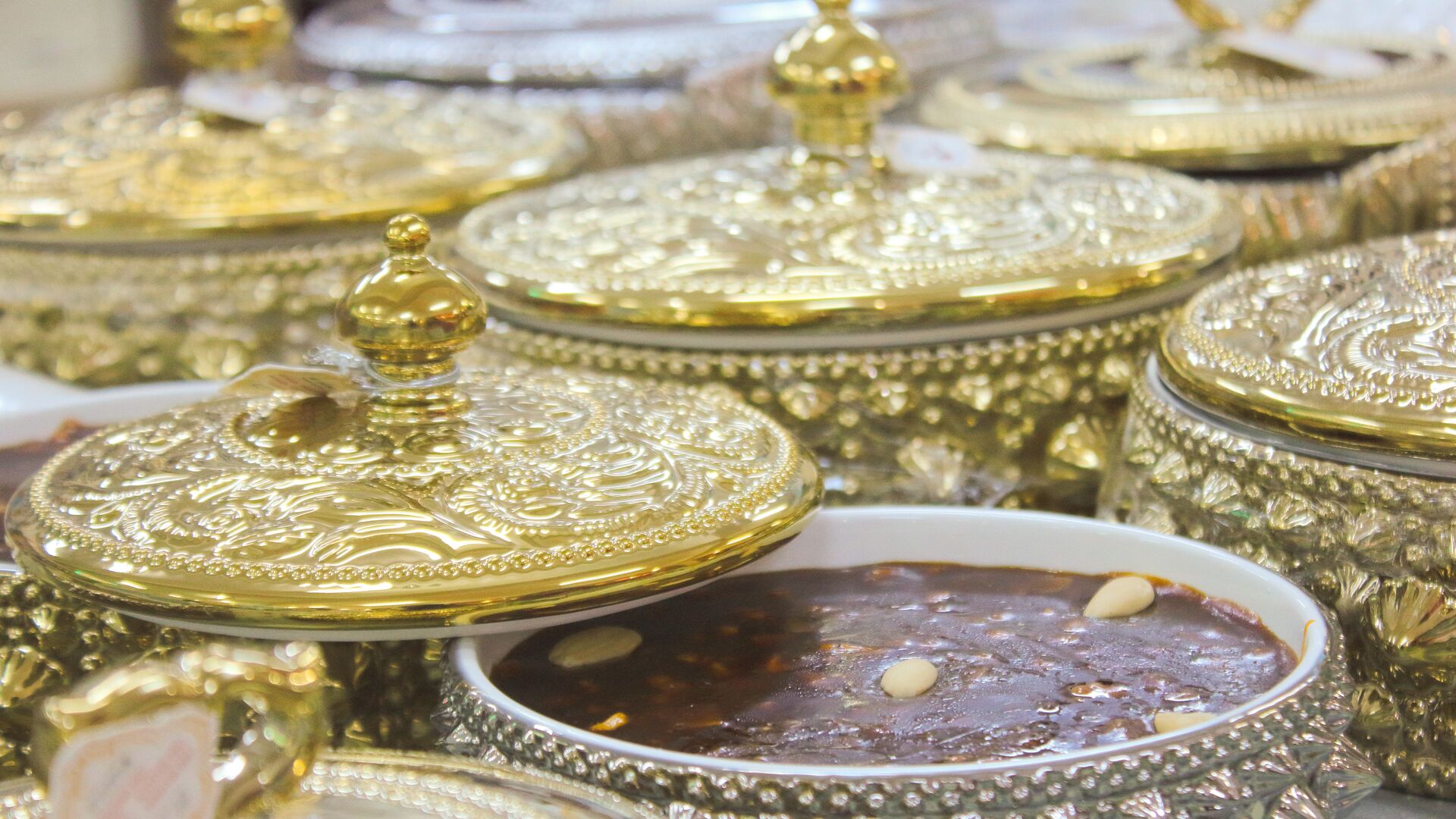
From Islamic forts and souqs filled with silver and spices to the Wahiba Sands for a desert escape, you can dive into Oman on a small group adventure with Intrepid.

